Legislative Updates
Australian Drinking Water Guidelines Version 3.7
There have been some key updates to the ADWG with the release of version 3.7 including:
- To reflect current best practice in radiation protection and radiation measurement updates have been made to information and terminology in:
- Chapter 7, parts of Chapter 10, Information Sheet 2.2
- Factsheets on radium, alpha and beta radionuclides and radon-222
- radiological aspects of the uranium factsheet.
- Editorial changes have been made to correct minor errors, including:
- Rounding the health guideline value for uranium from 0.017 to 0.02. This change is to align with guidance on rounding in Chapter 6. The limit remains based upon chemical exposure risks.
- Replacement of missing arrows and bullet points in Information Sheets.
- Correction of arrows in Figure A1.2 – Critical control point decision tree in Appendix A1.7 – Critical control points.
Potential Implications/Actions for your Operations
- The operational response level for annual radiation dose has been reduced from 0.5 millisieverts/year (mSv/yr) to 0.3 mSv/yr
- This operational response limit is an advisory screening limit intended to provide an early warning for water suppliers to prompt further monitoring and investigation
- The change in guideline limit for uranium may mean that lists of ADWG health guideline values, incident response protocols, or systems for results interpretation and reporting need to be updated to include the new limit.
Noted Industry Trends
Opportunistic Pathogens
Some areas of the United States of America (USA) and Europe are increasing the focus on the management of Opportunistic Pathogens (OP’s) within Drinking and Medical Water Systems. This appears to be based on increasing quantitative evidence that opportunistic pathogens pose a significant health risk to water users particularly those with lowered immune systems (Healthcare and Aged care settings).
The World Health Organisations (WHO) Journal of Water and Health published in 2017 identified that within the United States between 2003-2009 there was a total of 6,939 deaths per year from exposure to waterborne pathogens. Of these deaths only 493 (7%) were caused by seven enteric pathogens (faecal – oral route), whilst a total of 6,301 deaths (91%) were associated with infections from opportunistic pathogens such as Pseudomonas, nontuberculous mycobacteria (NTM), and Legionella. There are several factors contributing to these results with one being the focus during the 20th century on the management and removal of enteric pathogens through the introduction of primary disinfection barriers and catchment management. In Australia Legislative guidance documents such as the Manual for the Application of Health Based Targets published by WSSA also focusses exclusively on enteric pathogen removal.
Opportunistic Pathogens in Drinking / Medical Water:
Ecosafe International work with a number of organisational partners across the Mining, Resources and Healthcare Sectors within Australia. This unique position and our ongoing dialogue with state regulatory bodies has identified ‘Opportunistic Pathogens’ in Drinking / Medical Water Systems as a key area of concern which requires further management consideration like that being applied in the USA and Europe.
The risk of opportunistic pathogens within the Mining, Resources and Healthcare water systems should be given greater consideration during warmer periods with increased water temperatures conducive to the growth and proliferation of key OP’s, thermophilic naegleria and legionella.
Emerging Opportunistic Pathogens in Australia
There are also other opportunistic pathogens such as Acanthamoeba Spp, Balamuthia mandrillaris and Burholderia pseudomallei (also known as Pseudomonas pseudomallei) which are rarely considered in water system risk assessments but can pose a risk to water users in certain circumstances.
If you have any questions or concerns regarding the management of Opportunistic Pathogens within your water supply systems or the updates to the Australian Drinking Water Guidelines, please feel free to contact us.
You can also stay up to date by connecting with us on Facebook or LinkedIn.

